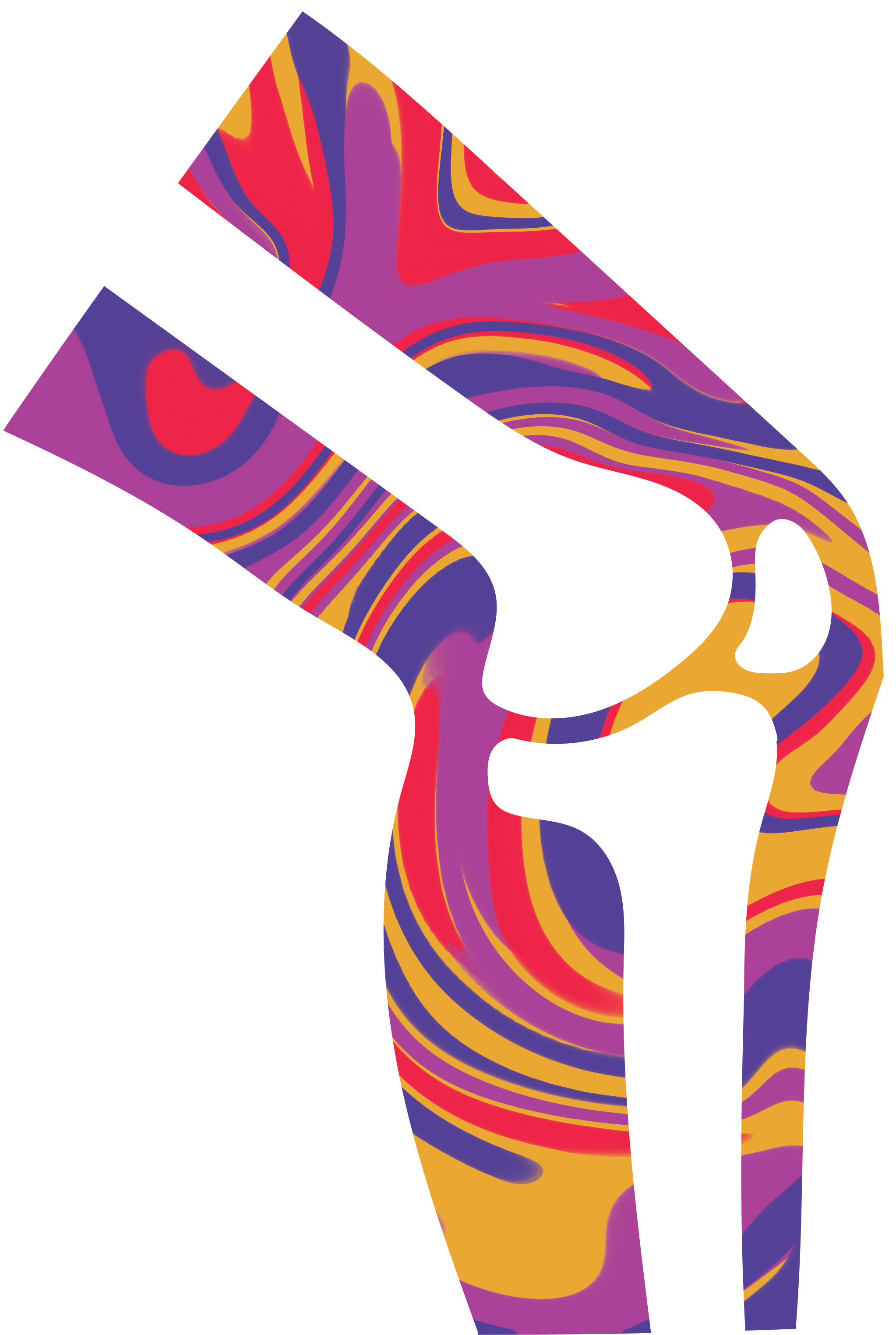Knee Arthritis

Arthritis is a condition characterized by joint pain, inflammation, and stiffness. It commonly affects the knees, which are the largest and most powerful joints in the body. Knee arthritis can be a severe and disabling condition. While there is no definitive cure for knee arthritis, there are measures that can be taken to relieve symptoms and potentially delay the progression of the disease. The most common types of arthritis are osteoarthritis and rheumatoid arthritis, but there are more than 100 different forms. While arthritis is mainly an adult disease, some forms affect children.
Although there is no cure for arthritis, there are many treatment options available to help manage pain and keep people staying active.
There are three main types of arthritis that can affect the knee, namely osteoarthritis, rheumatoid arthritis, and post-traumatic arthritis:
Osteoarthritis, which is the most common type, occurs when the cartilage in the knee joint gradually wears away, causing the protective space between the bones to decrease and resulting in bone rubbing on bone, leading to pain and the formation of bone spurs. This type of arthritis usually develops slowly and gets worse over time.
Rheumatoid arthritis, on the other hand, is a chronic autoimmune disease that attacks multiple joints in the body, including the knee joint, causing pain and stiffness. It affects the same joint on both sides of the body and damages normal tissues, such as cartilage and ligaments, and softens the bone.
Post-traumatic arthritis is a type of arthritis that occurs after an injury to the knee, such as a broken bone or meniscal tear, which damages the joint surface and causes instability and wear on the knee joint over time, eventually resulting in arthritis

Symptoms
of Knee Arthritis
Arthritis can cause pain and inflammation in the knee joint, which can worsen gradually over time or suddenly appear. Other symptoms may also be present, such as stiffness and swelling, making it difficult to move the knee joint. Pain and swelling can be more severe in the morning or after being inactive for a while, and strenuous activity can exacerbate the pain. Additionally, loose pieces of cartilage or tissue can hinder smooth joint movement, leading to locking, sticking, or grinding noises during knee movement. Pain may also cause a feeling of weakness or instability in the knee joint. Some people with arthritis experience increased joint pain when the weather changes.

Causes
of Knee Arthritis
There are several possible causes of knee arthritis, including:
- Age: The risk of developing knee arthritis increases with age. As people get older, the cartilage in their joints naturally wears away.
- Genetics: Knee arthritis may run in families, indicating a genetic predisposition to the condition.
- Gender: Women are more likely to develop knee arthritis than men.
- Previous knee injuries: Injuries to the knee, such as fractures, ligament tears, or meniscal tears, can damage the joint and increase the risk of developing arthritis later in life.
- Obesity: Being overweight puts extra stress on the knee joint, which can lead to the development of arthritis.
- Repetitive stress: Jobs or activities that require repetitive knee movements, such as squatting or kneeling, can increase the risk of developing knee arthritis.
- Infection: In rare cases, an infection in the knee joint can lead to arthritis.
- Autoimmune disorders: Certain autoimmune disorders, such as rheumatoid arthritis, can cause inflammation in the knee joint and lead to arthritis.

Diagnostics
of Knee Arthritis
The diagnosis of knee arthritis typically involves a combination of medical history, physical examination, and imaging tests. The doctor will start by asking the patient about their symptoms, including the location and severity of pain, how long the pain has been present, and any factors that seem to worsen or improve the symptoms. They will also ask about any previous knee injuries or surgeries, family history of arthritis, and other medical conditions. During the physical examination, the doctor will examine the knee for signs of swelling, redness, warmth, and tenderness. They may also check for range of motion, muscle strength, and stability.
Imaging tests such as X-rays, MRIs, and CT scans may be ordered to help confirm the diagnosis and determine the extent of the damage to the joint. Blood tests may also be performed to rule out other conditions that can cause similar symptoms.

Complications
of Knee Arthritis
Knee arthritis can cause a range of complications, such as pain, stiffness, swelling, and reduced mobility. It can also lead to muscle weakness and loss of function in the affected knee. Over time, the joint may become severely damaged, leading to bone-on-bone contact, which can cause even more pain and further limit mobility. Additionally, people with knee arthritis may be at increased risk for falls and fractures, particularly if they have reduced mobility or balance issues. In some cases, knee arthritis can also lead to depression or anxiety due to the chronic pain and limitations it can cause.

Treatment
of Knee Arthritis
There is no cure for arthritis but there are a number of treatments that may help relieve the pain and disability it can cause.
Nonsurgical Treatment
Initial treatment for knee arthritis, like other arthritic conditions, is typically non-surgical, and your doctor may recommend various options. Lifestyle changes can be helpful, such as minimizing activities that worsen the condition, engaging in low-impact exercise, and losing weight to reduce stress on the knee joint. Physical therapy with tailored exercises can improve range of motion, flexibility, and strengthen leg muscles. Assistive devices such as canes, braces, or knee sleeves can provide stability and function, particularly if arthritis is localized to one side. Medications are available, but it’s essential to work with your doctor to determine safe and effective dosages since people respond differently to drugs. Alternative therapies such as acupuncture, magnetic pulse therapy, platelet-rich plasma, and stem cell injections can be useful, but few have scientific evidence of their effectiveness. If you decide to try these therapies, it’s crucial to consult a qualified practitioner and inform your doctor.
Surgical Treatment
If nonsurgical treatments fail to relieve arthritis pain and cause disability, surgery may be recommended by your doctor. The different types of knee surgeries include arthroscopy, which uses small incisions and thin instruments to diagnose and treat joint issues. Although arthroscopic surgery is not commonly used to treat knee arthritis, it may be recommended for a degenerative meniscal tear with osteoarthritis. For younger patients who have small areas of cartilage damage, cartilage restoration using healthy cartilage tissue from another part of the knee or a tissue bank may be considered. Synovectomy is the removal of the joint lining damaged by rheumatoid arthritis, while osteotomy is the cutting and reshaping of either the tibia or femur to relieve pressure on the knee joint. Knee osteotomy is only used when you have early-stage osteoarthritis that has affected one side of the knee joint. In contrast, total or partial (unicompartmental) knee replacement involves the removal of damaged cartilage and bone, and the placement of new metal or plastic joint surfaces to restore the function of the knee. Your doctor will inform you of the risks and possible complications of each knee procedure before your operation.












